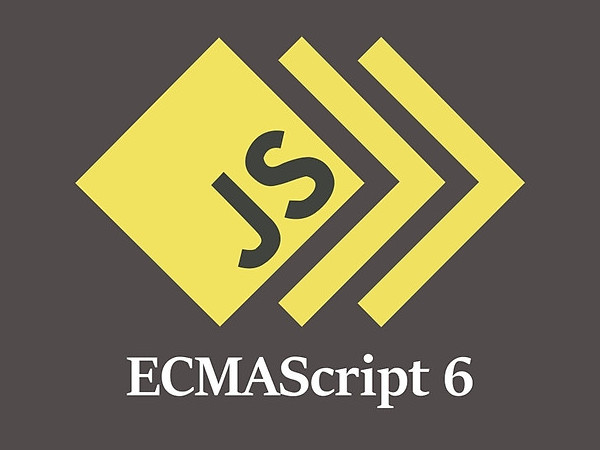

TC-39, the committee responsible for driving the ECMAScript development process, put together a large draft specification for ECMAScript 4. The popularity of Ajax was ushering in a new age of dynamic web applications, while JavaScript hadn’t changed since the third edition of ECMA-262 was published in 1999. The ongoing development of ECMA-262 is vital to the success of JavaScript as a whole, and this book covers the changes brought about by the most recent major update to the language: ECMAScript 6. Browsers and Node.js add more functionality through additional objects and methods, but the core of the language remains as defined in ECMAScript. What you know as JavaScript in browsers and Node.js is actually a superset of ECMAScript. The language defined in this standard is called ECMAScript.

The JavaScript core language features are defined in a standard called ECMA-262. Appendix B: Understanding ECMAScript 7 (2016).



 0 kommentar(er)
0 kommentar(er)
